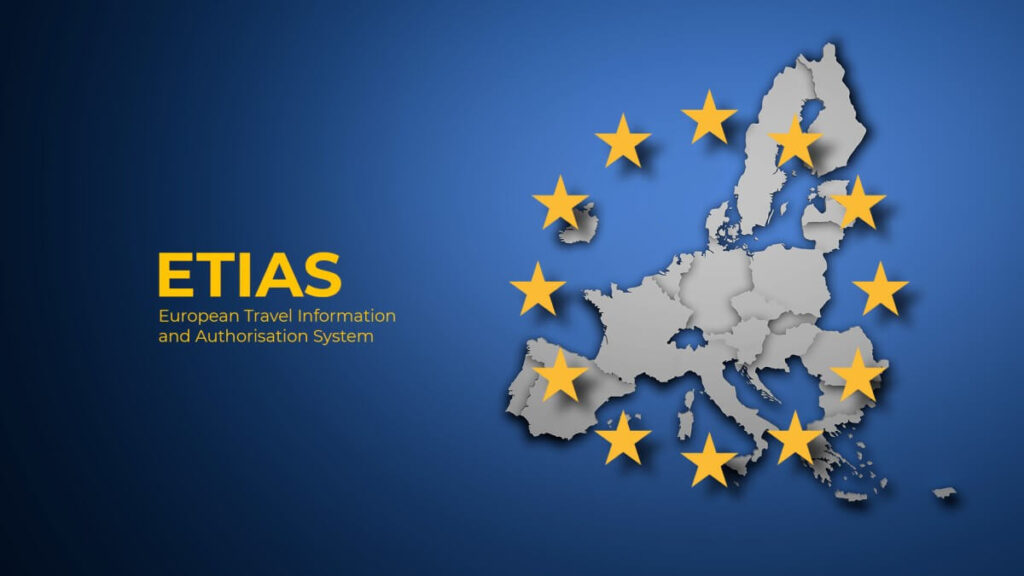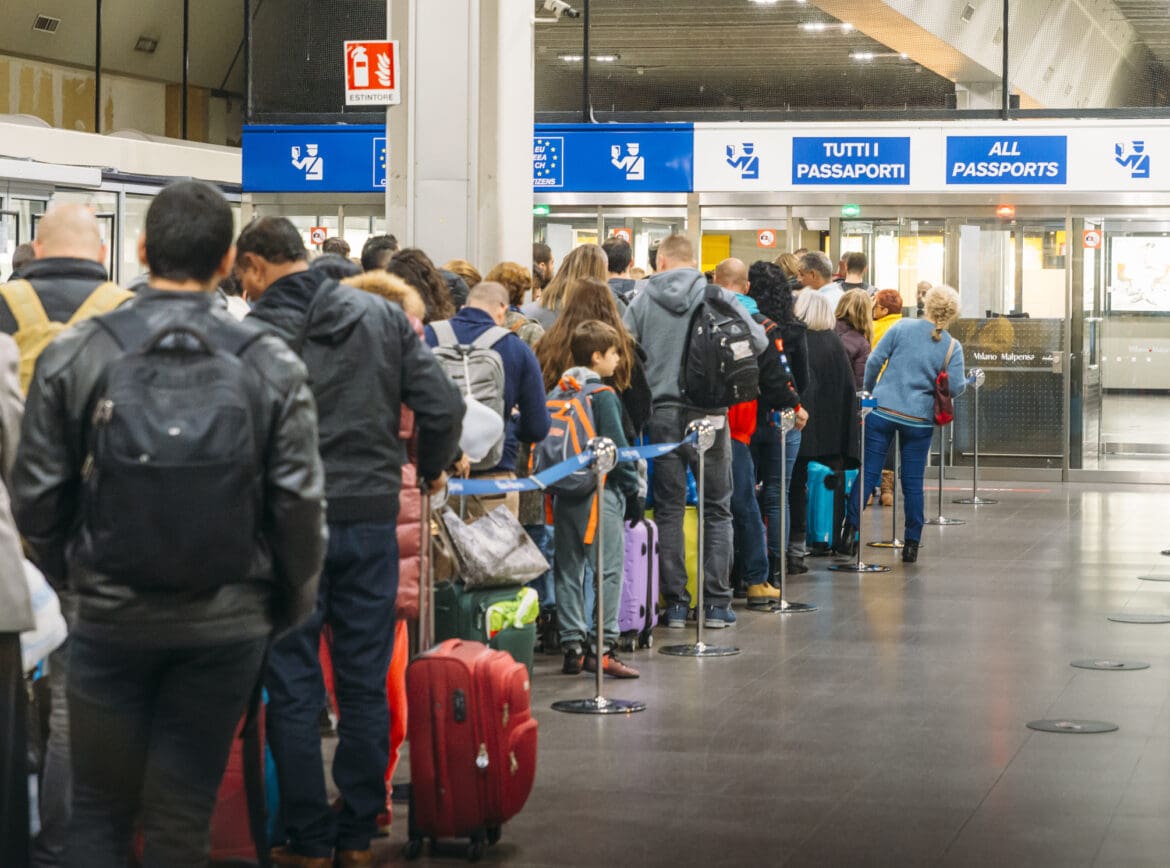Advertiser & Editorial Disclosure: The Bulkhead Seat earns an affiliate commission for anyone approved through the links below. This compensation may impact how and where links appear on this site. We work to provide the best publicly available offers to our readers. We frequently update them, but this site does not include all available offers. Opinions, reviews, analyses & recommendations are the author’s alone, and have not been reviewed, endorsed, or approved by any of these entities.
After years of preparation and multiple delays, the European Union’s long-awaited Entry/Exit System (EES) officially went live on October 12th, marking a significant change for how non-EU citizens enter and leave the Schengen Area. The EES modernizes the way border checks are carried out by recording biometric and passport data for travelers entering the 29 Schengen countries (including most EU nations plus Switzerland, Iceland, and Norway). While the rules governing who can enter or how long visitors may stay remain the same, the new system introduces digital tracking of movements across the bloc, which effectively ends the era of manual passport stamps once the rollout is complete.
Under the EES, non-EU travelers including US citizens (referred to as “third-country nationals”) will have their fingerprints and facial images captured when entering the Schengen zone for the first time. This biometric data, along with passport details and entry/exit records, will be securely stored for up to three years.
The primary goals are twofold: to enhance border security and to ensure compliance with the 90-day stay limit within any 180-day period. On subsequent trips, travelers’ faces and fingerprints will be matched against stored data to allow for faster processing at automated E-gates where available.
Given the complexity of the system, the EU is introducing the EES in phases over six months. Each member state can decide how and where to implement the technology, but they must meet specific benchmarks:
- 30 days after launch: 10% of travelers registered
- 90 days after launch: 35% registered
- 150 days after launch: 50% registered
- 180 days after launch (April 9th): 100% registration
At least one airport, seaport, or land crossing in each participating country will have the system operational from the October 12th start date.
The first registration will take slightly longer, as travelers will need to scan their passport, have their fingerprints and photo taken, and answer standard entry questions about accommodation and travel funds. Many airports are already equipped with self-service kiosks designed to speed up the process.
However, officials caution that minor delays are likely at first, especially at busy border points. To maintain consistency during the transition period, passports will continue to be stamped until the system is fully implemented in April 2026.
Since Brexit, UK citizens are also considered third-country nationals, meaning they too will be subject to biometric registration under the new system. The only exceptions are for Britons legally residing in the EU or those covered by the Withdrawal Agreement. For frequent travelers, the stored biometric data will renew automatically with each new trip. Those who do not travel to the EU for more than three years will need to re-register on their next visit.

The EES is only one part of the EU’s broader border modernization effort. Another initiative known as the European Travel Information and Authorisation System (ETIAS) will require travelers from visa-exempt countries to obtain pre-travel authorization, similar to the US ESTA program. ETIAS, which has faced several delays, is now expected to launch by the end of 2026, with a public information campaign to begin six months before implementation.
The rollout of the Entry/Exit System marks a major technological shift in how Europe manages its borders. Designed to reduce illegal stays, improve security, and streamline travel, the system aims to balance efficiency with privacy safeguards under strict EU data protection laws.
Anthony’s Take: For travelers, the biggest adjustment will be at the border. Starting yesterday, a simple passport stamp will be replaced by a digital identity check signaling a new era of travel across Europe. I’ll be checking this out next month and will report back then.
(Image Credits: BrasilNut1 via iStock and EU.)
User Generated Content Disclosure: The Bulkhead Seat encourages constructive discussions, comments, and questions. Responses are not provided by or commissioned by any bank advertisers. These responses have not been reviewed, approved, or endorsed by the bank advertiser. It is not the responsibility of the bank advertiser to respond to comments.
Advertiser & Editorial Disclosure: The Bulkhead Seat earns an affiliate commission for anyone approved through the links above This compensation may impact how and where links appear on this site. We work to provide the best publicly available offers to our readers. We frequently update them, but this site does not include all available offers. Opinions, reviews, analyses & recommendations are the author’s alone, and have not been reviewed, endorsed, or approved by any of these entities.

2 comments
Minor delays? I am reading news releases saying the waits are as much as 4 hours at the borders.
Minor delays? I am reading news releases saying the waits are as much as 4 hours at the borders.